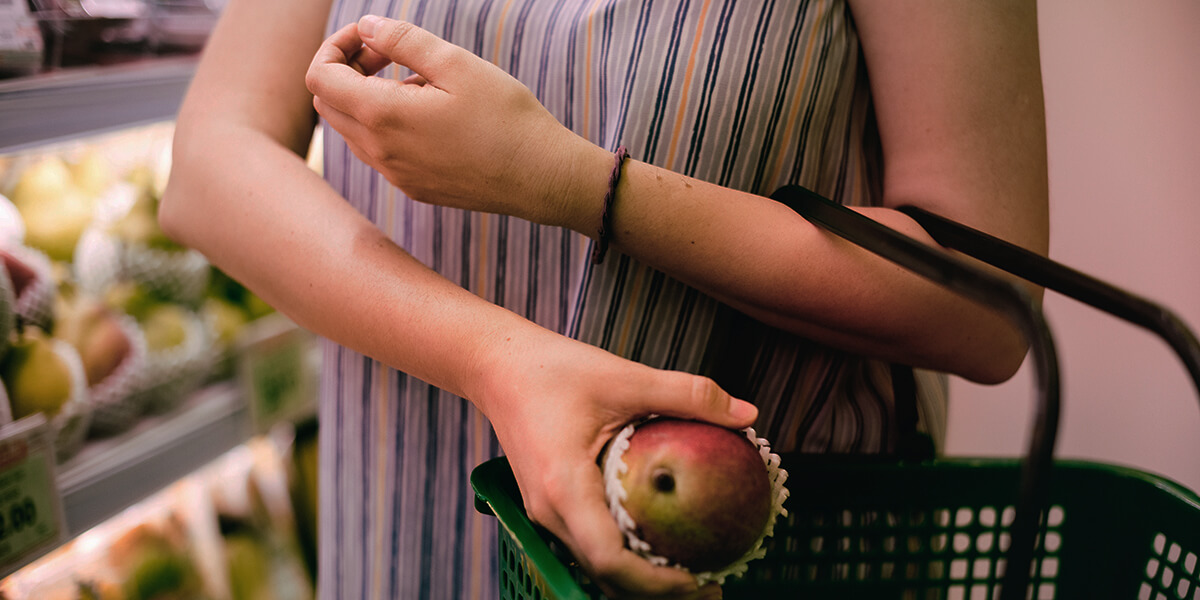New data from USDA shows pre-pandemic status of hunger

The USDA recently released updated food insecurity data for the United States. This annual report helps us keep track of how many Minnesotans are food insecure, what groups of people are experiencing more food insecurity, and if we’re making any progress in our fight against hunger.
A big huge note about the data: While the data were released in September 2020, they do not reflect food insecurity during the pandemic. The data was collected in December 2019 and reflects food insecurity in the months just prior to the COVID-19 pandemic. For updated data about food insecurity during the COVID-19 pandemic, see the Census Bureau’s Household Pulse survey or FRAC’s report Not Enough to Eat: COVID Deepens America’s Hunger Crisis.
Food Insecurity in the U.S.
In 2019, the food insecurity rate was down nationally, going below the pre-recession rate for the first time since 2007. In 2019, 10.5% of American households were food insecure (down from 11.1% the year before). It took 12 years for the national food insecurity rate to get back to where it was before the last recession.
Food insecurity among families with children also went down, but not as quickly. Of households with children, 6.5% had food insecure children (down from 7.1% the year before).
Food Insecurity in Minnesota
Minnesota has long had a lower food insecurity rate than the national average.
In 2019, 8.3% of Minnesota households were food insecure. That’s down slightly from 8.6% in 2018.
3.4% of Minnesota households had very low food security, up slightly from 3.3% in 2018 (but within the margin of error).
The 2017-2019 average food insecurity rate was 8.3%, down from 9.7% in 2014-2016.
Minnesota’s food insecurity rate is the 4th lowest in the country (behind New Hampshire, New Jersey, and Iowa and tied with North Dakota).
It’s important to note that even before the pandemic, there were still nearly 1 in 12 households in Minnesota that struggle with food insecurity. If all Minnesotans struggling with food insecurity lived in one place, they’d nearly replace the populations of the cities of Minneapolis and St. Paul combined!
What do we mean by food insecurity?
Being food insecure means not having enough money (or other resources like SNAP) to buy enough food for all members of the household. That means that families worried their food would run out before being able to buy more, or eating less balanced meals, or cutting back on the size of meals or skipping meals because there wasn’t enough money for food.
Food insecurity is the worry and stress of juggling resources to make sure there is enough food to feed your family. It’s a mom just eating a few bites of dinner to make sure her kids have enough to eat that day. Or it’s a young adult eating nothing but PB&J or rice & beans for a week straight until payday because there isn’t enough money to buy more food.
The research makes a distinction between food insecurity and very low food security. Instead of the worrying about resources (and maybe sometimes not eating a well-balanced diet) like with food insecurity, very low food security is severe and persistent. It’s cutting or skipping meals 3 or more months in a year. It’s being hungry, but not eating because they couldn’t afford food. It’s losing weight because there wasn’t enough money to buy food.
What do we do about hunger?
We’ve made a lot of progress on ending food insecurity in our state, but there remains work to be done. COVID-19 has completely and quickly changed the circumstances for so many Minnesota families. While updates like this one are helpful benchmarks for where we started pre-pandemic, it will be another year before we know where food insecurity rates officially ended up due to COVID-19.
The one thing we do know for certain, there are already effective anti-hunger programs out there that need some improvements to make them work better in this moment. For example, increases to SNAP benefits – the nation’s largest and single most effective anti-hunger program – are currently stalled in Congress. That’s why we’ve developed a Plan of Action To Address Hunger for Minnesota with policy improvements we need to make sure all Minnesotans have access to the food they need – not just during the pandemic, but for years to come.
